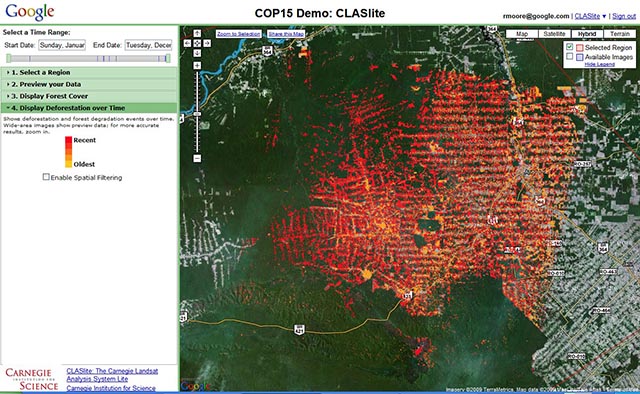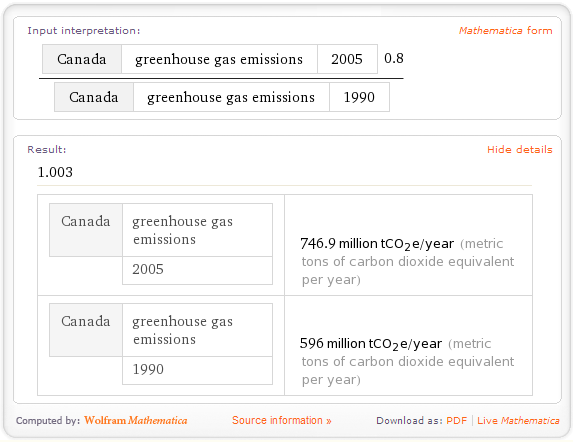Seeing the Climate Change Signal in Big Problems
We’ve been seeing correlations between climate change and localized biological events for many years. Now we’ve begun to see research linking climate change to regional and even global outcomes. In the last few months there’s been seperate studies suggesting a global warming driver behind extreme rainfall events, flooding, and now international food prices.
These are all interesting and alarming findings on their own. It’s also interesting that some combination of increasing magnitude of climate change and increasing intrepidness of research methodology is facilitating continent-scale climate outcome analysis. It’s one thing to identify a general trend of change in the climate. It’s another thing to move on from averages to spotting trends in extreme moments and changes in frequencies of outlier events. It’s another thing again to credibly link those trends and variances to specific outcomes big enough for people to care. Continental weather patterns are complicated systems with multi-step chains of causality. That’s hard to see through. Especially when you’re stacking a layer of economics on top of geo-physical systems, as in the case of food prices. But that doesn’t mean that climate won’t have serious outcomes at the local, regional and global level, and that means we very much need to try to spot those as soon as we can.
It’s also interesting to consider what effect these kinds of studies might have on opinion and policy, if science and media can get along well enough to effectively articulate them to the public and to governments. The likelihood of climate change hasn’t been enough to motivate us to prevent it. Maybe the identifiable presence of the consequences of climate change in our everyday life will be. That’s not just a science problem, although its surely that. Its also very much a communications problem. But I’m glad the science is being done.




